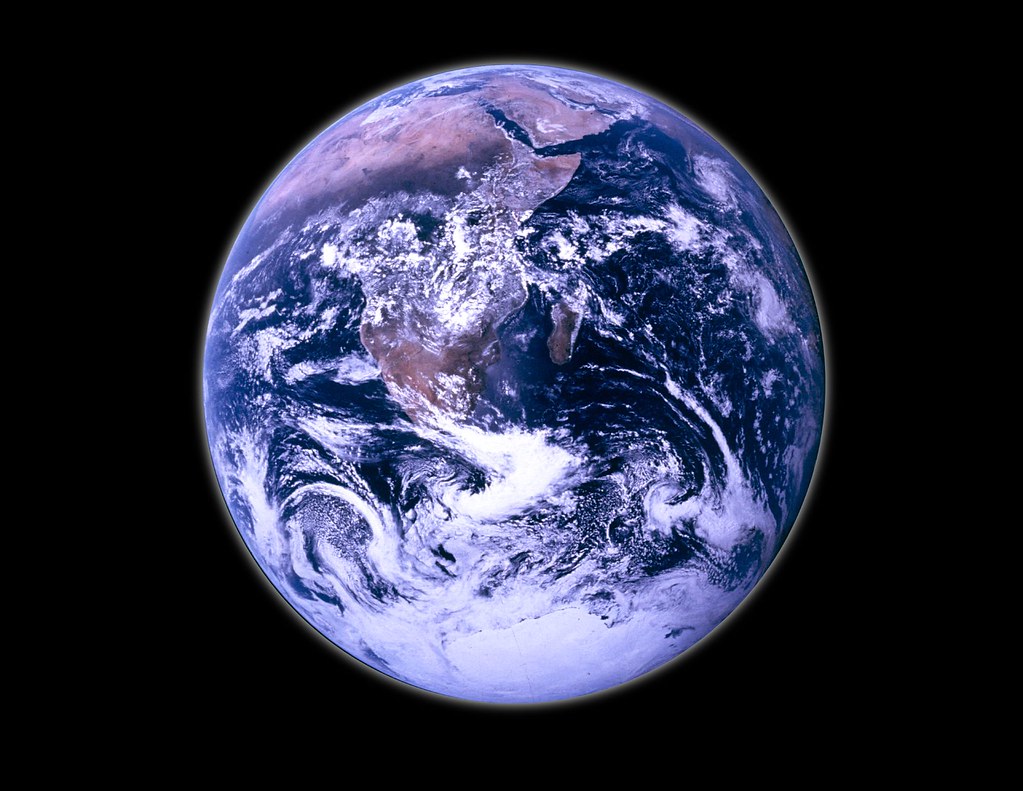Science News Roundup: What to expect during the green comet's encounter with Earth; From ashes to fly larvae, new ideas aim to revive farm soil and more
One company is injecting liquid clay into California desert to trap moisture and help fruit to grow, while another in Malaysia boosts soil with droppings from fly larvae.

Following is a summary of current science news briefs.
Explainer-What to expect during the green comet's encounter with Earth
A green-hued comet that has been lurking in the night sky for months is expected to be the most visible to stargazers this week as it gradually passes Earth for the first time in about 50,000 years. The cosmic visitor will swing by our planet at a distance of about 26.4 million miles (42.5 million km).
From ashes to fly larvae, new ideas aim to revive farm soil
As extreme weather and human activity degrade the world's arable land, scientists and developers are looking at new and largely unproven methods to save soil for agriculture. One company is injecting liquid clay into California desert to trap moisture and help fruit to grow, while another in Malaysia boosts soil with droppings from fly larvae. In a Nova Scotia greenhouse, Canadian scientist Vicky Levesque is adding biochar - the burnt residue of plants and wood waste - to soil to help apples grow better.
As ice recedes, Italian ship makes record journey into Antarctic
An Italian ice-breaker carrying scientists researching in the Antarctic has sailed further south than any ship has done before, the organisers of the voyage said on Tuesday, a further sign of how ice is retreating around the poles. The Laura Bassi vessel reached a point with the coordinates of 78° 44.280 S in the Bay of Whales in the Ross Sea, according to Italy's National Institute of Oceanography and Applied Geophysics.
(With inputs from agencies.)
ALSO READ
Israeli man pleads not guilty to firearms offences in Malaysia
Malaysian lender CIMB Group CEO Abdul Rahman to step down
Malaysian lender CIMB's CEO Abdul Rahman to step down, return to lead PNB
Bangladeshi migrants in Malaysia must be protected from criminal networks: UN experts
Malaysian Navy helicopters collide in mid-air, 10 killed










